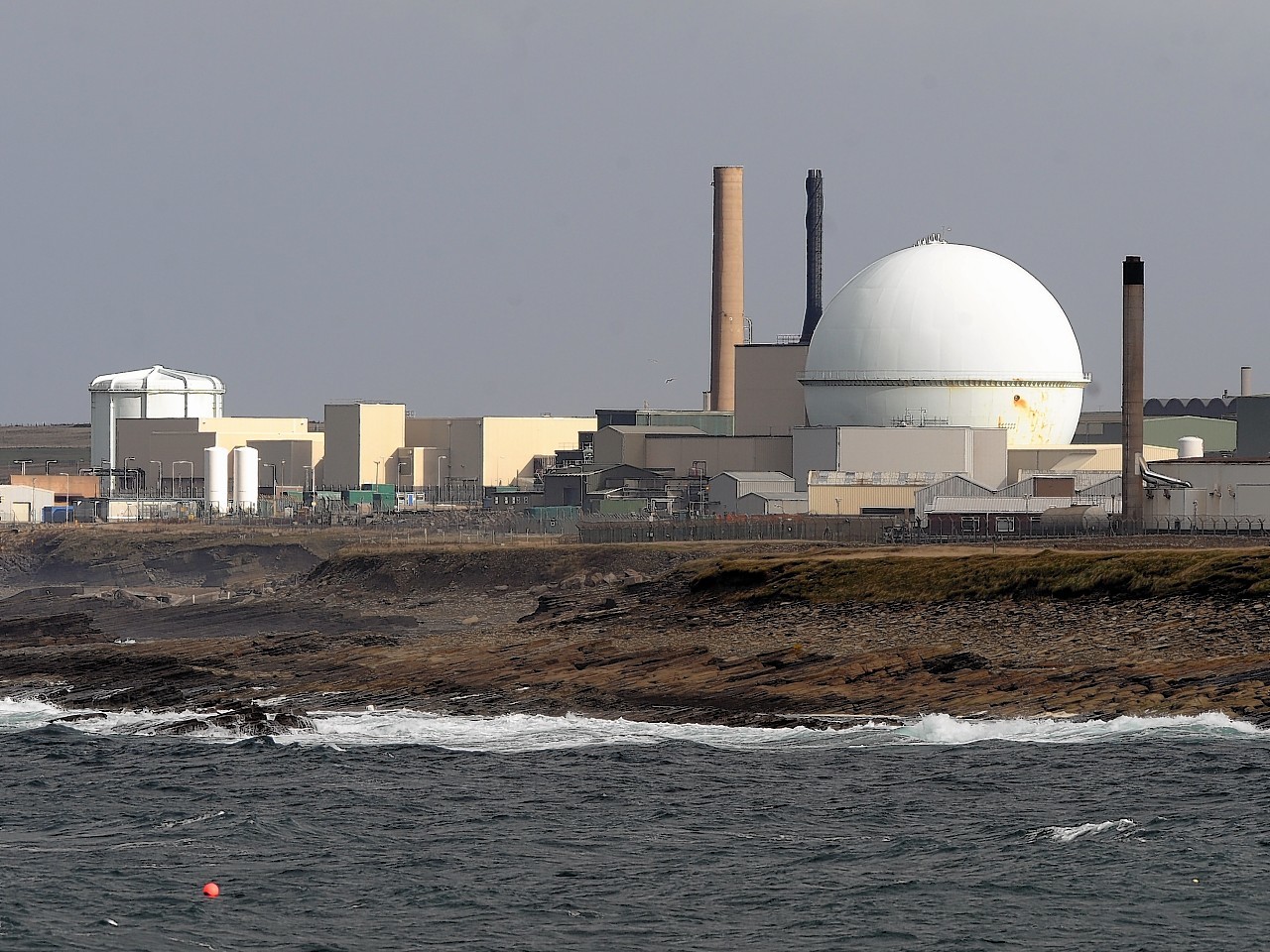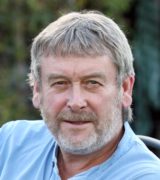Confirmation earlier this month that the transfer of 700kg of highly enriched uranium (HEU) from Dounreay to the USA has now been completed, is seen as an important milestone in the clean-up of the Caithness site.
So too will be the removal of some of the most dangerous material left at the former nuclear plant, including fuel containing HEU and plutonium. These shipments to Sellafield in Cumbria, have been controversial, but are due to end in the next 12 months.
Some of the greatest engineering challenges, however, still lie ahead. Not least dealing with the notorious Dounreay Shaft, where nuclear and chemical waste was dumped along with other items. Locals used it for fly-tipping unwanted items, rumoured to include a car, furniture and the ashes of one woman who asked to be scattered somewhere different. In 1977 an explosion meant the shaft had to be sealed.
Official estimates hold it could be another 300 years before the Dounreay site is free from radioactive contamination and safe for “unrestricted use”. The seabed immediately offshore may never recover from the contamination by radioactive particles.
It is a sad legacy of an experiment designed to secure cheap and unlimited power, to underpin recovery after the Second World War. It should not be forgotten what that meant at the time
The Government decided in 1954 to create the centre of the UK’s fast reactor research and development programme at Dounreay. It could ‘breed’ fuel and become self-sustaining in fissile material. People came from all over Britain to work on the shores of the Pentland Firth. Christened the ‘atomics’ , they transformed Caithness.
Between 1954 and 1964 over 1,800 new houses were built in Thurso. Its population rose from 3,203 to 8,037 between 1951 and 1961. Meanwhile the number of school children across Caithness climbed from 3,926 to 6,010 between 1954 and 1977. There were apprenticeships, a new technical college leading to apparently secure jobs. Caithness itself effectively became a company town, with around a third of the total population depending directly or indirectly on Dounreay.
It wasn’t hard to understand why local residents were supportive of the plant and reluctant to listen to criticism of it. When I first reported on Dounreay, however its workforce had just suffered a hammer blow.
In 1988 the Tory Secretary of State for Energy Cecil Parkinson announced the rundown of the fast breeder reactor programme, Dounreay’s raison d’etre. There was even talk of assisted packages to help the atomics relocate.
Dounreay’s operators the UK Atomic Energy Authority (UKAEA), resolved to establish an alternative role. It focused on contracts to reprocess nuclear fuel from elsewhere. At the time this was opposed by the US, who saw reprocessing as inconsistent with its non-proliferation policy. This because it left radioactive waste plus weapons-grade material which could be used again.
But the plant’s reputation for competence began to unravel. The sins of its nuclear fathers were revealed. There were, for example, reports that enough HEU to make more than 10 nuclear bombs had gone missing before 1968. Had it been ‘covertly transferred’ into bomb-making? There had been years of official denials that Dounreay had ever been involved with the development of nuclear weapons.
The UKAEA initially argued the HEU wasn’t missing, it had never existed. Tony Blair repeated this in parliament. But a few weeks later the President of the Board of Trade Margaret Beckett said the HEU had indeed existed but some had been burnt in the fast reactor and some had been discharged. She insisted none had gone into weapons programmes, but later admitted that down the years, some from Dounreay probably had.
Nobody knew what to believe. Virtually every week there was a story which painted a picture of a careless management scrutinised by complacent regulatory bodies. There was an absence of proper record-keeping, that would have got a plumber into trouble. But this had all been hidden by the Official Secrets Act.
For too long the nuclear industry had been integral to the government/defence machine, with its tradition of all-pervading secrecy. A Dounreay manager was no more likely to blow the whistle in public than was an inspector. They were on the same side. Which side the British public was on, was less clear.
But the final blow to was when the main electricity supply and the back-up supply to the Fuel Cycle Area, where the most dangerous nuclear work was undertaken, were both disrupted in May 1998. A contractor on a digger, had cut through the main cable. The ventilation system ceased operating.
The new Labour Government had had enough. The Health and Safety Executive and the Scottish Environment Protection Agency were ordered to conduct a long overdue audit which found 143 different failings and blamed weak management for the “chronic safety problems.”
Dounreay would be decommissioned, with perhaps a cruel irony implicit. The heirs to the undoubted scientific/engineering brilliance that created the Dounreay dream, are now deployed in establishing a lasting memorial to the plant – ensuring as little trace as possible of its existence remains.
David Ross is a veteran Highland journalist and author of an acclaimed book about his three-decades of reporting on the region

